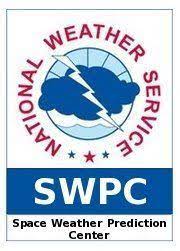![]()

A solar storm forecast for Thursday is expected to give skygazers in 17 American states, including South Dakota and Wyoming, a chance to glimpse the Northern Lights, the colorful sky show that happens when solar wind hits the atmosphere.
Nebraska isn’t on the list from the Geophysical Institute at the University of Alaska at Fairbanks, but since they’re predicted to be visible low on the horizon in Cheyenne, there’s a solid chance they’ll be visible in our area as well.
Officially known as the aurora borealis, Northern Lights are most often seen in Alaska, Canada and Scandinavia.
They rarely travel south enough for viewers in the continental U.S. to catch a glimpse, but an 11-year solar cycle that’s expected to peak in 2024 is making the lights visible in places farther to the south.
An intense solar storm in April brought the light show as far south as New Mexico and Arizona.
NOAA’s Space Weather Prediction Center says people in the lower tier of states wanting to experience an aurora should get away from city lights with the best viewing times falling between 10 pm and 2 am local time.
Northern Lights occur when a magnetic solar wind slams into the Earth’s magnetic field and causes atoms in the upper atmosphere to glow. The lights appear suddenly and the intensity varies.
A geomagnetic index known as Kp ranks auroral activity on a scale from zero to nine, with zero being not very active and 9 being bright and active. The Geophysical Institute has forecast Kp 6 for Thursday’s storm.
